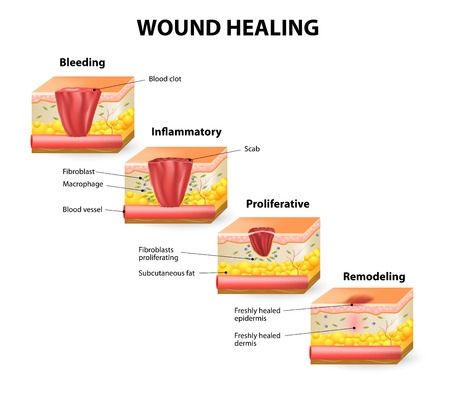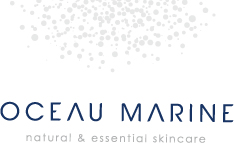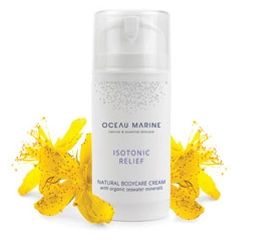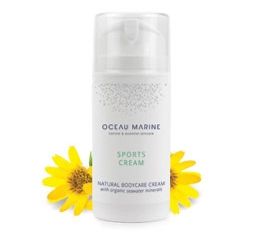PERFORATED ST JOHN'S WORT, A SOOTHING MACERATE
St John's Wort has been used for over 2,400 years for its medicinal properties, both internally and externally.
This herbaceous plant is widespread in temperate regions of the world. In France, it can be found along roadsides. Its name comes from the appearance of its leaves, with their many translucent dots (a thousand holes).
St John's Wort can be recognised by its beautiful golden yellow star-shaped flowers. It is the plant's flowers that are used, most often as a macerate, to extract its active ingredients.
DIFFERENCE BETWEEN VEGETABLE OIL AND OILY MACERATE :
Vegetable oil is obtained by cold-pressing the plant from which the oil is to be extracted, while oily macerate is obtained by macerating the plant of interest in a neutral vegetable oil, often olive oil, to extract the active ingredients.
It is this latter ingredient (macerate) that is most often used in cosmetic skincare products, particularly Oceau Marine Relief Isotonic and Sports Cream. Hypericin, the molecule that gives the active ingredient its name (Hypericum perforatum), is extracted from this process, as are flavonoids and derivatives, molecules with multiple benefits.
ST JOHN'S WORT, A POWERFUL SOOTHER
Hypericin is a natural substance that makes up the majority of St John's Wort; it is also this molecule that gives the macerate its reddish colour.
Numerous studies have demonstrated that hypericin together with flavonoid derivatives (Amentoflavone) have an anti-inflammatory action1-2. This action helps to relieve and calm areas of the skin that need it.
AN OUTSTANDING HEALING AGENT
Herbalists have long recognised St John's Wort as an excellent healing agent3-4. The active ingredient increases the quantity of fibroblasts locally to encourage skin regeneration.
WHAT ARE FIBROBLASTS ?
Fibroblasts are cells present in connective tissue, and also in the dermis. The main function of fibroblasts is to organise the components of the extracellular matrix. These cells secrete collagen, elastin, fibrillin and other substances that play an important role in structuring and maintaining the skin.
Diagram of the healing process

PRECAUTIONS WITH PERFORATED ST. JOHN'S WORT
However, care must be taken when using it. This molecule is photo-sensitising, meaning that it promotes the appearance of erythema.
According to studies, this is because it absorbs visible and UV radiation and becomes phototoxic. For this reason, products containing St John's Wort should always be applied after exposure to the sun, but not before.
Furthermore, as a precaution, pregnant women and young children are advised not to apply products containing perforated St John's Wort. This plant is quite rich and can have harmful effects on young organisms.
1 St. John's wort treatment relieves skin inflammation and pruritus in neurodermatitis.
Kinderkrankenschwester. 2005 Nov;24(11):479.
Deutsches Grúnes Kreuz e.V.
2 Hypericin, a Naphthodianthrone Derivative, Prevents Methylglyoxal-Induced Human Endothelial Cell Dysfunction.
Biomol Ther (Seoul). 2016 Jun 13. doi: 10.4062/biomolther.2016.034.
Do MH1, Kim SY1,2,3.
3 Topical Hypericum perforatum Improves Tissue Regeneration in Full-Thickness Excisional Wounds in Diabetic Rat Model.
Evid Based Complement Alternat Med. 2015; 2015: 245328.
Published online 2015 Aug 31. doi: 10.1155/2015/245328
4 The effect of Hypericum perforatum on the wound healing and scar of cesarean.
J Altern Complement Med. 2010 Jan;16(1):113-7. doi: 10.1089/acm.2009.0317.
Samadi S1, Khadivzadeh T, Emami A, Moosavi NS, Tafaghodi M, Behnam HR.


 Sea Water
Sea Water
 Calendula
Calendula
 Borage
Borage
 Damask Rose
Damask Rose
 Hibiscus
Hibiscus
 Mistletoe
Mistletoe
 Arnica
Arnica
 Thyme
Thyme


